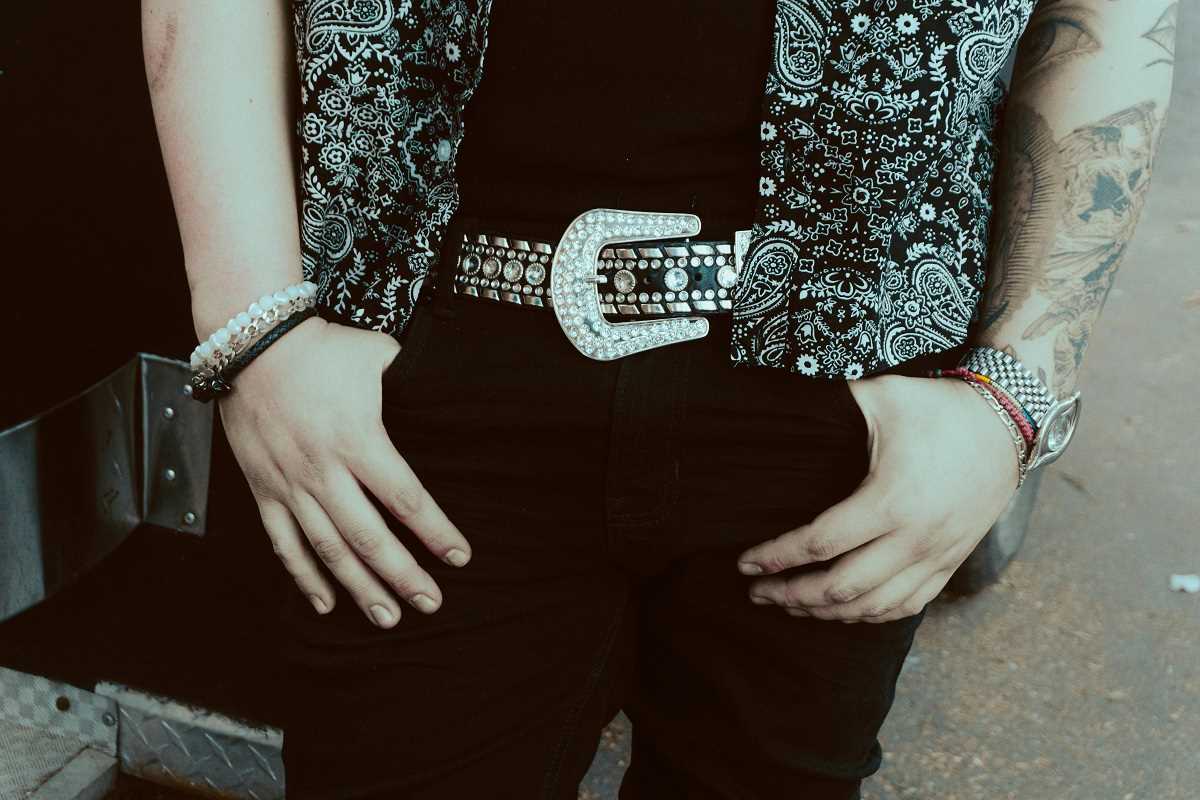Switching your wardrobe from one season to the next can feel bittersweet. You’re saying goodbye to the cozy knits or breezy sundresses of one season and welcoming the next. But this transition doesn’t have to be overwhelming or mean revamping your closet from scratch. By focusing on strategic layering, versatile pieces, and creativity, you can stretch your favorite items into new seasons without sacrificing style or comfort.
This guide breaks down practical, foolproof tips to guide you through the seasonal shift. From refreshing your closet essentials to smart layering tricks, these tips will help you stay fashionable year-round. Whether it’s jumping into spring or bracing for winter, your wardrobe transition will be stress-free with these steps.
1. Evaluate Your Favorite Pieces First
Before making any big changes, start with what you already have. Pull out your favorite pieces from your current wardrobe and think about whether they can work in the upcoming season. For example, that cozy cardigan you love during fall can double as a lightweight jacket on cool spring mornings. The key is identifying items that you can layer or style in multiple ways.
Try this trick: Lay out a few cold or warm-weather favorites and experiment with pairing them with clothes from the opposite season. For instance, a summer maxi skirt paired with an oversized sweater can create a chic fall outfit. Get creative and challenge yourself to see your pieces from a fresh perspective.
2. Master the Art of Layering
Layering isn’t just practical; it’s also a chance to elevate your look. Think of it like fashion math, with each layer adding texture, depth, and warmth when needed. A sleeveless dress from summer can work in cooler months when paired with a turtleneck underneath or a cozy knit thrown over it.
Start with a light, breathable base layer like a T-shirt or tank top. Add a middle layer for warmth, such as a cardigan or denim jacket, and finish with an outer shell like a coat or trench. Accessories like scarves or tights can play a big part in making your outfit seasonally appropriate while maintaining comfort.
Pro tip: Stick to layers that can be easily added or removed, especially when transitioning between fluctuating weather. This makes it easier to adapt if the temperature swings midday.
3. Invest in Transitional Staples
Certain pieces act as the glue that holds seasonal transitions together. These staples are versatile, timeless, and work across multiple types of weather. Some must-haves include:
- Lightweight jackets like bomber, leather, or denim styles.
- Neutral cardigans or vests for easy layering.
- Ankle boots that pair well with pants, skirts, or dresses.
- A scarf that can double as a wrap or blanket.
Look for items made of midweight fabrics that aren’t too heavy or too light. Neutral colors also help since they’ll pair easily with bolder pieces from your seasonal wardrobe.
4. Incorporate Color Gradually
Seasonal colors can make a big difference in vibe. For example, earthy tones like mustard, burgundy, and olive feel perfect in fall, while pastels and whites scream spring. Rather than doing a total color overhaul, ease into the transition with small pops of the season’s palette.
Try pairing your summer whites with camel or rust-colored accents come autumn. Or add a pastel scarf to a darker winter outfit as spring approaches. The gradual shift makes your wardrobe feel cohesive rather than abrupt.
If you’re unsure where to start, use accessories as an easy way to weave in seasonal hues. A colorful bag, hat, or statement earrings can do wonders without requiring you to overhaul your closet.
5. Don’t Underestimate Accessories
Accessories are one of the simplest ways to transition between seasons while adding personality to your outfit. A simple outfit like a sweater and jeans can get an instant seasonal refresh with the right extras.
For example, swap out your summery straw bag for a leather tote when heading into fall. Switch sandals for ankle boots as the days get cooler or trade in a lightweight scarf for a chunky knit one during winter. Accessories can also help add warmth or cool you down as needed, so use them strategically!
6. Adjust Shoes, One Step at a Time
Shoes are often overlooked during wardrobe transitions, but they play a key role in making your outfit feel season-appropriate. For example, swapping sandals for loafers or adding tights under your favorite flats can make a big difference.
Keep a few transitional pairs on hand, like ankle boots, leather sneakers, or closed-toe mules. These are perfect for those in-between temperatures. Also, don’t discount the power of socks and hosiery. A pair of sheer tights can extend the life of skirts and dresses from summer to fall.
7. Incorporate Your Seasonal Faves
Just because the seasons are changing doesn’t mean you have to say goodbye to all of your favorite items. Maybe you adore your floral maxi dress or that cozy turtleneck sweater. With the right styling tricks, many seasonal pieces can work across multiple months.
For warmer weather, try pairing heavier items like a wool blazer with lighter, airier fabrics underneath. For colder months, layer summery items with jackets, sweaters, and accessories to make them functional. Don’t be afraid to combine different textures, like pairing knits with silks or cottons, for a dynamic effect.
8. Organize Your Closet for Accessibility
An organized closet is a game-changer during seasonal transitions. It’s challenging to craft the perfect outfit when you’re digging through piles of clothing. At the start of each new season, take stock of what you’ll need and rearrange your clothing accordingly.
Store extremely seasonal pieces (like shorts during winter) out of immediate reach and move transitional staples into the spotlight. Folding heavier sweaters and placing them on easily accessible shelves can simplify your mornings. This also helps you spot gaps in your wardrobe early, so you can shop for anything crucial.
9. Repurpose Your Existing Wardrobe
Transitioning your wardrobe doesn’t mean shopping for entirely new outfits. Focus on repurposing what you already own by using key styling tricks. For example:
- Wear a summer midi dress over leggings or tights with boots for fall.
- Belt an oversized cardigan to turn it into a statement piece.
- Use layering hacks like a button-down shirt over a T-shirt or under a sweater.
This creative approach not only saves money but also challenges you to style clothing in new and inventive ways.
10. Keep Weather in Mind
Seasonal transitions often bring unpredictable weather, so flexibility is essential. It’s not uncommon to experience chilly mornings and warm afternoons in the same day. Keep a travel-friendly jacket or scarf on hand so you’re always prepared for sudden changes.
Opt for fabrics like wool blends in cooler weather or breathable cotton and linen in warmer months to keep you comfortable throughout the day. Being adaptable with your outfit choices ensures you feel confident no matter the forecast.
11. Stay True to Your Personal Style
Finally, remember that seasonal transitions are not an excuse to abandon your personal style. It’s easy to get carried away with trends when entering a new season, but staying true to your taste will help you feel more comfortable and confident.
If you lean toward minimalism, incorporate seasonal colors sparingly. If you love bold patterns, find ways to layer for the weather without toning them down. Ultimately, your wardrobe should reflect who you are, no matter the season.
Transitioning your wardrobe between seasons doesn’t have to be daunting. With these tips in mind, you’ll master seasonal changes with confidence and style.
 (Image via
(Image via





